The Anne Arundel County Food Bank will guide and inform its work through its commitment to the following values:
- COMPASSION
- ACCOUNTABILITY
- ADAPTABILITY
- INTEGRITY
- RESILIENCY
- RESPECT


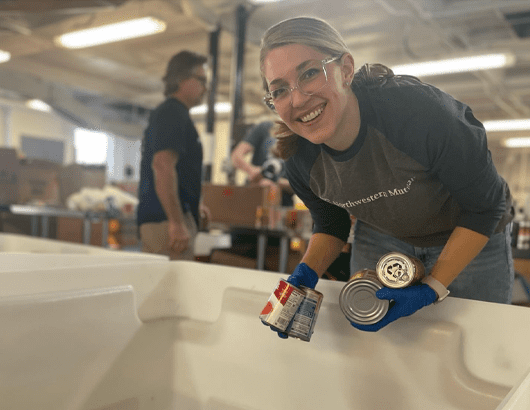
To alleviate food insecurity in Anne Arundel County by partnering across our community to obtain and distribute nourishing food to our neighbors in need.
All Anne Arundel County residents are free from food insecurity through regular access to nourishing food.
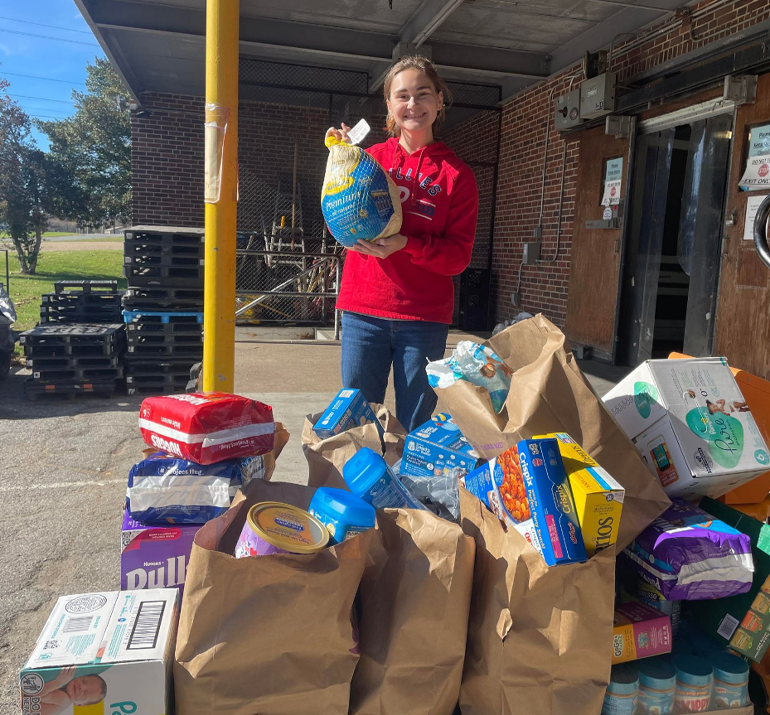
The Anne Arundel County Food Bank will guide and inform its work through its commitment to the following values:
The Anne Arundel County Food Bank is a nonprofit organization that collects and stores millions of pounds of food and basic necessities and then distributes these items to local programs, like food and baby pantries.
Although Anne Arundel County is one of the wealthiest counties in Maryland, an estimated 35 percent of county residents (individuals and families) are below the federal poverty level or are employed but unable to meet basic needs (food, childcare, housing, healthcare, and transportation). Between July 2022 and June 2023, our total network of food pantries recorded 48,000 visits each month.
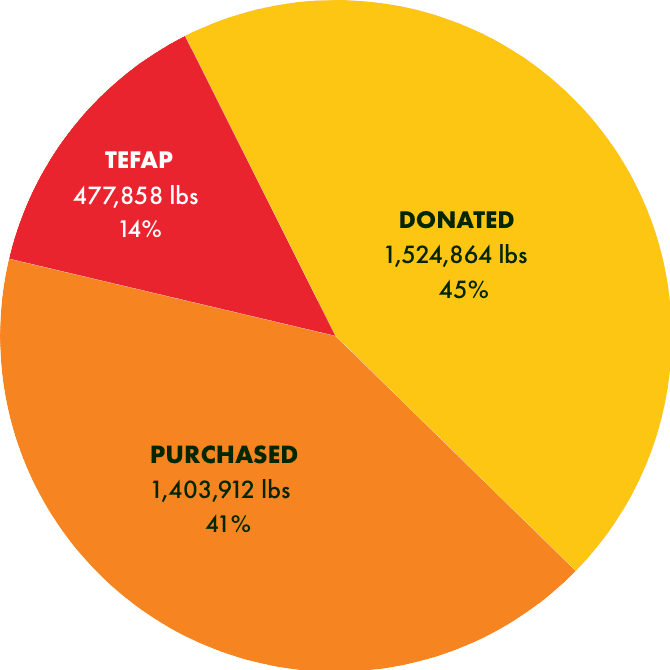
Almost half the food we distribute is donated. Community food drives are the most visible source of donations. The food bank also works with grocery stores and retail centers for donations of items removed from shelves but well within food safety and expiration guidelines. The Retail Recovery program not only prevents food waste but also provides thousands of pounds of high-quality food and basic necessities.
A significant amount of food we distribute is purchased by the food bank. We work with several food distribution companies and regional farms to source fresh produce, lean proteins, and culturally relevant food. Monetary donations help make this possible and provides the food bank flexibility in selecting nutritious food our neighbors in need want.
Only a small portion of the food we distribute comes from the federal government. The Emergency Food Assistance Program (TEFAP) is a program under the U.S. Department of Agriculture that helps supplement the diet of food-insecure persons.
The Anne Arundel County Food Bank distributes food and basic necessities at no cost to our Network Partners, who then distribute these items directly to residents in need. Our 76 Network Partners provide 115 points of service, operating food, baby, and senior pantries, as well as soup kitchens and feeding centers at shelters.
Our Network Partners are typically affiliated with community, civic, and religious organizations. Many are staffed entirely by volunteers, giving their time and energy to help our neighbors facing food insecurity.
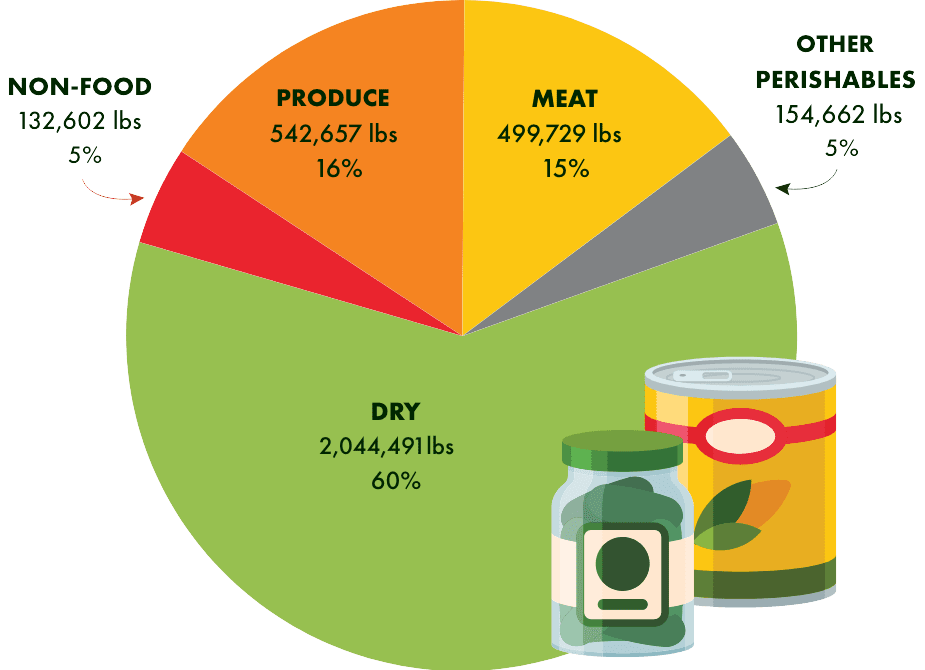
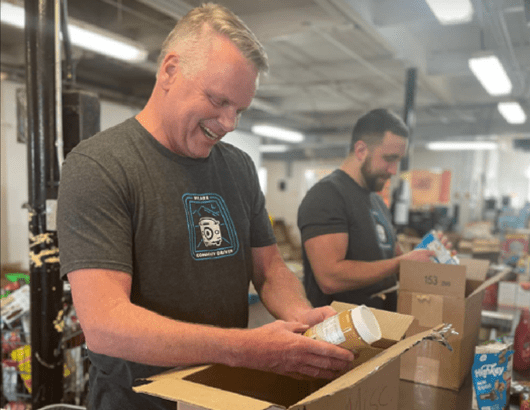

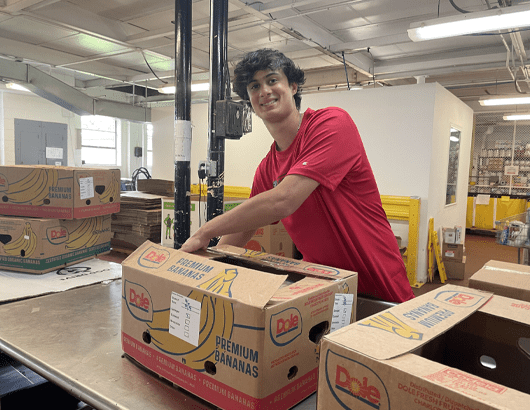
The food bank relies on volunteers to help us sort the 750 tons of food donations we receive during the year. Volunteers check to make sure packaging is in good condition and items meet standards for sell by and expiration dates. Food is sorted by type, boxed, and typically distributed to our Network Partners within 24 to 48 hours.
We occasionally receive donations of pet supplies. We give these items to our friends at the SPCA of Anne Arundel County.
In the 1980s, the Anne Arundel Council of Community Services determined that a food bank was a needed service for county residents. The only available option to obtain food at the time was to travel to Baltimore to the Maryland Food Bank. An original site was found in Deale, Maryland and the nonprofit Helping Hand of Annapolis, Inc. agreed to sponsor the facility.
With operational grant support from the County Executive’s Office, the doors of the Anne Arundel County Food Bank opened in October of 1986. AACFB incorporated in September 1989, and a nonprofit designation was issued the following December. In 2004, the Anne Arundel County Food Bank moved to its current location, a 32,000-square-foot warehouse on the former Crownsville State Hospital campus and future home to the Crownsville Hospital Memorial Park.
From the beginning, AACFB has been dedicated to serving the people of our county facing food insecurity by obtaining nourishing food through food drives and partnerships with government, corporate, and nonprofit entities, and distributing that food through our Network Partners to our neighbors in need. Though our mission is simple, the logistics are complex and challenging, especially as the needs of our community change and grow.
To stay informed and learn about how the Anne Arundel County Food Bank is impacting our county, please follow us on Facebook, LinkedIn, and Instagram.
In January 2023, the Anne Arundel County Food Bank implemented a new three-year strategic plan providing guidance to:
Three main goals were developed in consideration of the feedback we received from a variety of stakeholders. The plan’s goals emphasize the food bank’s continued commitment to expand its organizational capacity to meet the complex challenges faced by our neighbors experiencing food insecurity.
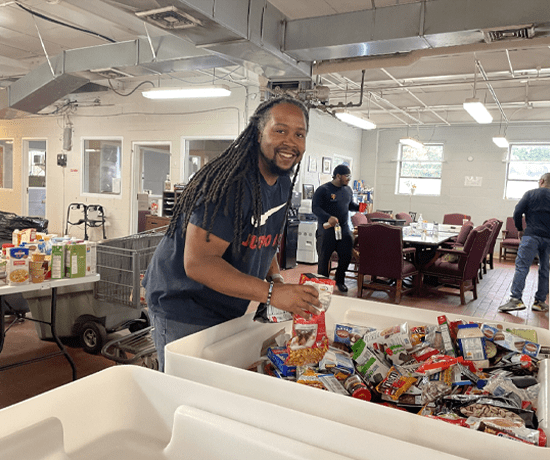
Blending our rich history of community support with a strong intention to grow our impact sets the tone for Goal 1 in our strategic plan. Though the AACFB’s mission is straightforward, the logistics of procuring, receiving, and distributing food, as well as ensuring product quality, are complex and challenging, especially as the needs of our community change and grow. Through this cycle, we will strengthen our food distribution program proactively, to support County residents further as they face challenging conditions, such as a changing job market and economic uncertainty. Specifically, we will strengthen our network of partners operating points of service, enhance food access, improve our facility, and enhance data collection to inform program planning.
AACFB served as a critical resource for food distribution to Network Partners during the Covid-19 pandemic and emerged as an increasingly important voice in community planning to address food insecurity in more impactful ways. Our future direction emphasizes this role as a change agent using a holistic lens to reduce food insecurity, with a focus on advocacy and partnerships that pave the way.
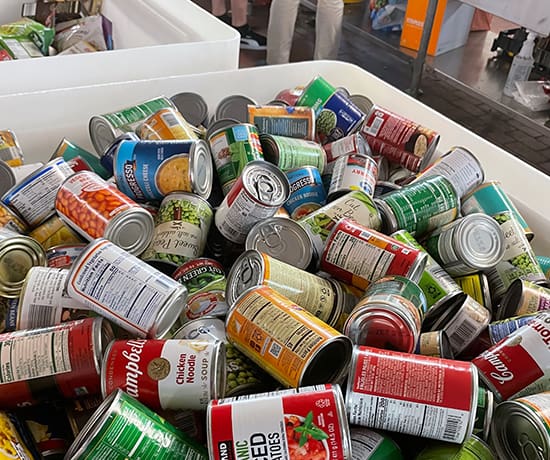

In recent years, the AACFB has invested in multiple efforts to evaluate all aspects of its leadership, management, and operations, including an organizational assessment from the nonprofit Standards for Excellence. With such guidance, the AACFB will continue to strengthen its governance structure and multiple internal systems (communications; finance; human resources, justice, equity, diversity, and inclusion; and resource development) across the organization in this strategic planning cycle. These efforts will ensure that the AACFB has the organizational capacity to remain a critical resource for its Anne Arundel neighbors experiencing food insecurity.